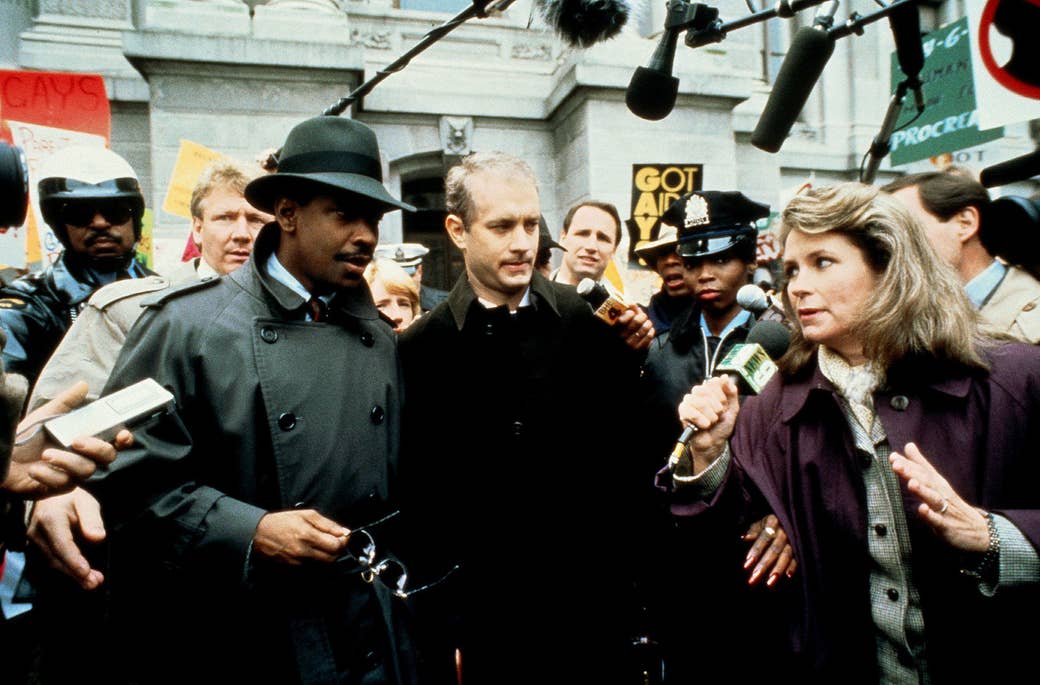
In 1988, screenwriter Ron Nyswaner got a distraught phone call from filmmaker Jonathan Demme. Demme’s best friend, the illustrator Juan Botas, had just been diagnosed with AIDS — then a death sentence that promised unspeakable suffering. According to Demme, the only thing he knew to do with his grief and terror was to make a movie about the disease, and he wanted to know if Nyswaner would make it with him.
“My response was immediate,” Nyswaner told BuzzFeed News in November. “My nephew Kevin, who is a hemophiliac — was a hemophiliac — had also just been diagnosed [with HIV]. It was this bizarre, weird, sad coincidence. So I blurted that out to Jonathan, and then I said, ‘Of course.’ Just ‘Of course.’”
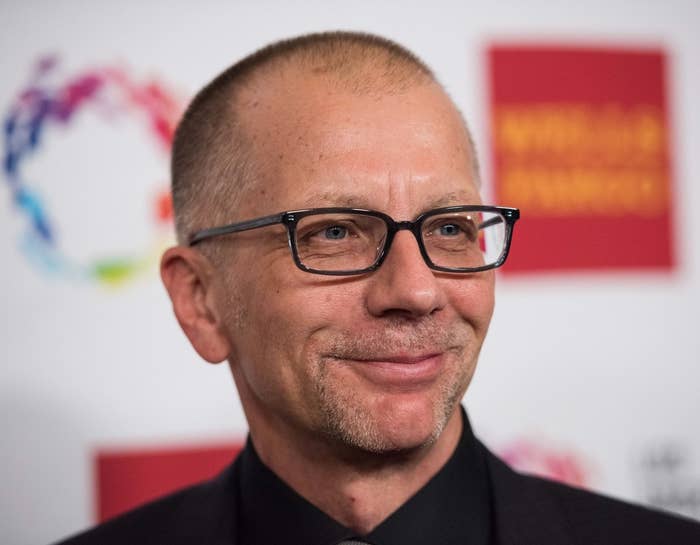
At that time, AIDS had been ravaging the country for seven years, devastating an entire generation of gay men and stoking a palpable and unshakable panic. It was no less than a public health catastrophe, but while the theater community began to aggressively tackle it with watershed plays like Larry Kramer’s The Normal Heart and, a few years later, Tony Kushner’s Angels in America, the entertainment industry had done almost nothing on a major scale to depict it. There was the 1985 TV movie An Early Frost, with Aidan Quinn as a gay man whose family is thrown into turmoil when he tells them he has AIDS. Very special episodes of a few TV shows, like L.A. Law and Mr. Belvedere, focused on one-off characters with AIDS. And one feature film, the independently financed Parting Glances in 1986, costarred Steve Buscemi in a lovely supporting performance as a gay man living with AIDS, but it played in just a tiny handful of theaters.
Anti-LGBT prejudice had only just started to gingerly thaw in the 1970s, but the hysteria over AIDS in the 1980s had literalized the lie that LGBT people were diseased and inherently dangerous. By the early 1990s, more independent films, like Longtime Companion, Poison, and The Living End, had started to confront the issue of AIDS. But as far as Hollywood studios and TV networks were concerned, an openly gay lead character still felt practically impossible, let alone one with a terminal illness.
In that hostile environment, making the first mainstream movie about a gay man with AIDS could have seemed exceptionally daunting. But on that first phone call with Demme, Nyswaner did not hesitate.
“There was never really a feeling of, Oh jeez, this is so big and frightening, dare I do this?” he said. “I just felt a moral compunction to do it. It was a chance to do something, I think, for the people I knew [with AIDS], including my nephew.”

To have a real impact within the culture, however, Nyswaner and Demme (who died in 2017) quickly realized they had to take the biggest swing possible with their film. “I mean, that’s the most daunting thing,” Nyswaner said. “We knew we wanted to make a mainstream, commercial success … that would appeal to the largest audience possible.”
They succeeded. Philadelphia opened on Dec. 22, 1993, and was an immediate hit. The film was No. 1 at the domestic box office two weekends in a row; adjusting for ticket price inflation, it ultimately earned roughly $169 million in the US and Canada alone. Tom Hanks won the Oscar for Best Actor for playing the film’s hero, Andrew Beckett, a gay lawyer with AIDS, and Bruce Springsteen won an Oscar and multiple Grammys for his haunting song “Streets of Philadelphia,” which opens the film.
Twenty-five years later, it’s abundantly clear that Philadelphia is a landmark movie, signaling — and even catalyzing — the country’s progressive evolution with LGBT equality and the plight of those with HIV/AIDS. To commemorate the anniversary 4K rerelease of the film, Nyswaner spoke with BuzzFeed News about how much has — and hasn’t — changed since Philadelphia made movie history.
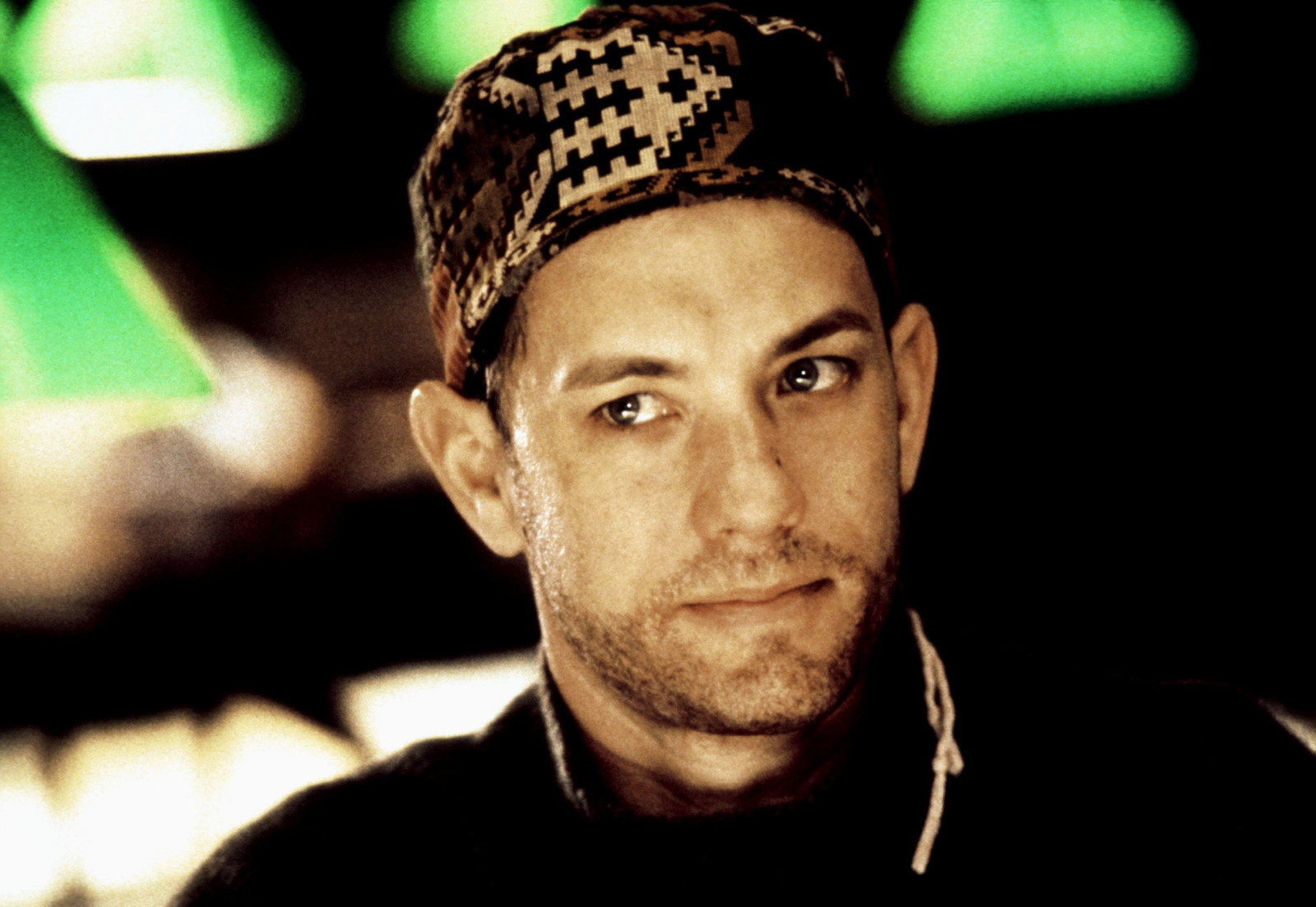
After their initial conversation, it still took Demme and Nyswaner four years to come up with a script that lived up to their ambitions for the film. For the first two of those years, all they did was bat around possible plots and genres. “The only one that I really remember was a little bit like Dallas Buyers Club,” Nyswaner said, evoking the 2013 film about an AIDS patient smuggling in drugs from Mexico. “There were experimental treatments coming across the border, so I know at one point we thought about, like, a caper.”
Eventually, they settled on the reassuring structure of the courtroom drama, which would allow an audience to watch their protagonist actively participate in fighting discrimination, rather than just passively withering away from AIDS. After Andrew (called Andy by pretty much everyone) is suddenly fired from his prestigious law firm, he suspects it’s because the managing partners realized he’s gay and has AIDS, two facts he’d hidden from them. Andy thinks one of the partners noticed a Kaposi’s sarcoma lesion on his forehead — a telltale sign of an AIDS diagnosis, and one of the ways the film savvily educates its audience about AIDS while using the disease as an engine for the story.
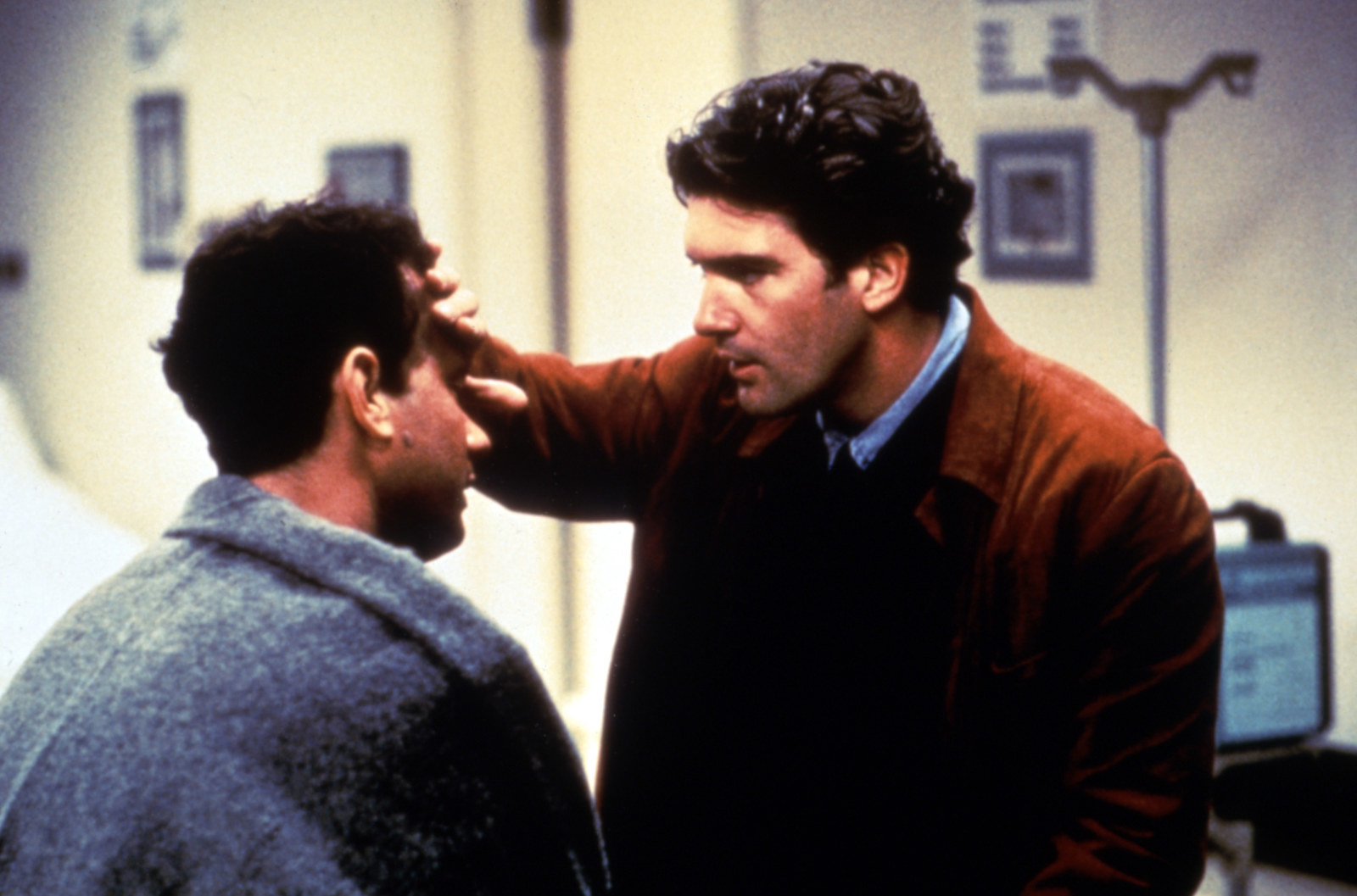
Andy decides to sue for wrongful termination. The only lawyer who will represent him, however, is Joe Miller (Denzel Washington), an ambulance chaser whom we meet in the film’s first scene squaring off against Andy before a judge. Joe is truly the film’s second lead, and he’s the one who undergoes the biggest change in the film. He initially begs off working with Andy out of his fear of AIDS and loathing of gay people, and only agrees to take the case after he witnesses Andy experiencing the kind of casual discrimination in a law library that Joe knows all too well as a black man trying to build a career as a lawyer. Joe’s slow-burn friendship with Andy — a tried-and-true convention of progressive message movies like In the Heat of the Night, in which a bigoted person learns to appreciate the humanity of the people he’s meant to hate — ends up forming the heart of the movie. But that didn’t leave much room in the story for Andy’s actual boyfriend, Miguel (Antonio Banderas).
Andy and Miguel do touch and kiss and bicker with each other as any other couple would. But of all the criticisms of Philadelphia when it first opened, one of the most pointed was that their relationship felt half-baked. A typical recrimination, from Janet Maslin’s review in the New York Times: “Andrew’s domestic relationship with Miguel … is presented so sketchily that it barely seems real.”
Today, Nyswaner agrees — in hindsight. “We didn’t know that anyone would go see this movie,” he said. “So when it was a hit, you realize, Oh, we could’ve pushed it a little bit further. But that’s easy to say when you have a hit in front of you.”
He was quick to note that the filmmakers never quite set out to deliberately “push the envelope” when it came to depicting gay men onscreen. “We were just trying to tell a story,” he said. But he also expressed regret that a scene he wrote, and Hanks and Banderas shot, of the couple talking together in bed was ultimately cut from the finished film.

“I wish that scene had been included,” he said. “I raised that question at the time. But the response was ‘It slows the movie down.’ That sounds very mundane as a response, but when you’re fine-tuning a movie in the editing room, you want the audience to remain highly engaged. I don’t think it’s a huge loss to the world that it didn’t make it in. But, you know, in retrospect, that scene could have been included, and the movie still would have been just as embraced by audiences.”
Nyswaner is adamant, though, that the scene wasn’t cut because it showed two men in bed together. “I don’t think the conversation was ‘Ooh, it’s too gay,’” he said. “I wasn’t in the editing room, but I’m pretty sure that that would not be a conversation that Jonathan Demme would have. He would actually throw somebody out of the editing room if they had said that.”
“I don’t think the conversation was ‘Ooh, it’s too gay.’”
It’s a frustrating but instructive example that even the most banal artistic decisions can have unintended consequences for audiences yearning to see themselves onscreen. Watching Philadelphia today, though, what is even more striking is how Andy and Miguel’s relationship as a loving, committed couple still feels uncommon — in any mainstream entertainment, let alone a studio movie.
“In a pitch, I will still have to justify why a character is gay,” Nyswaner said. “I don’t mean people are opposed to it. But if I were to say, ‘Hey, I have this great police show, and it’s about this guy who uncovers corruption, oh, and he’s gay,’ I will be asked, ‘Why are you making him gay?’”
Nyswaner relayed an experience he had working on a limited series about Rock Hudson’s relationship with agent Henry Willson, a gay man who plucked (the closeted) Hudson from total obscurity and turned him into the biggest box office star in the world. It’s a terrific untold story about a Hollywood icon — whose later AIDS diagnosis reshaped the country’s attitudes about the disease. But when Nyswaner handed in his four-hour script, it was soon after Steven Soderbergh’s Behind the Candelabra — starring Michael Douglas as the famously flamboyant (and also closeted) performer Liberace, who also died from AIDS — had aired on HBO.
“The response from the studio was, ‘Well, that story’s been done already,’” said Nyswaner. “‘HBO just released Candelabra, so that cancels out the need for this one.’”
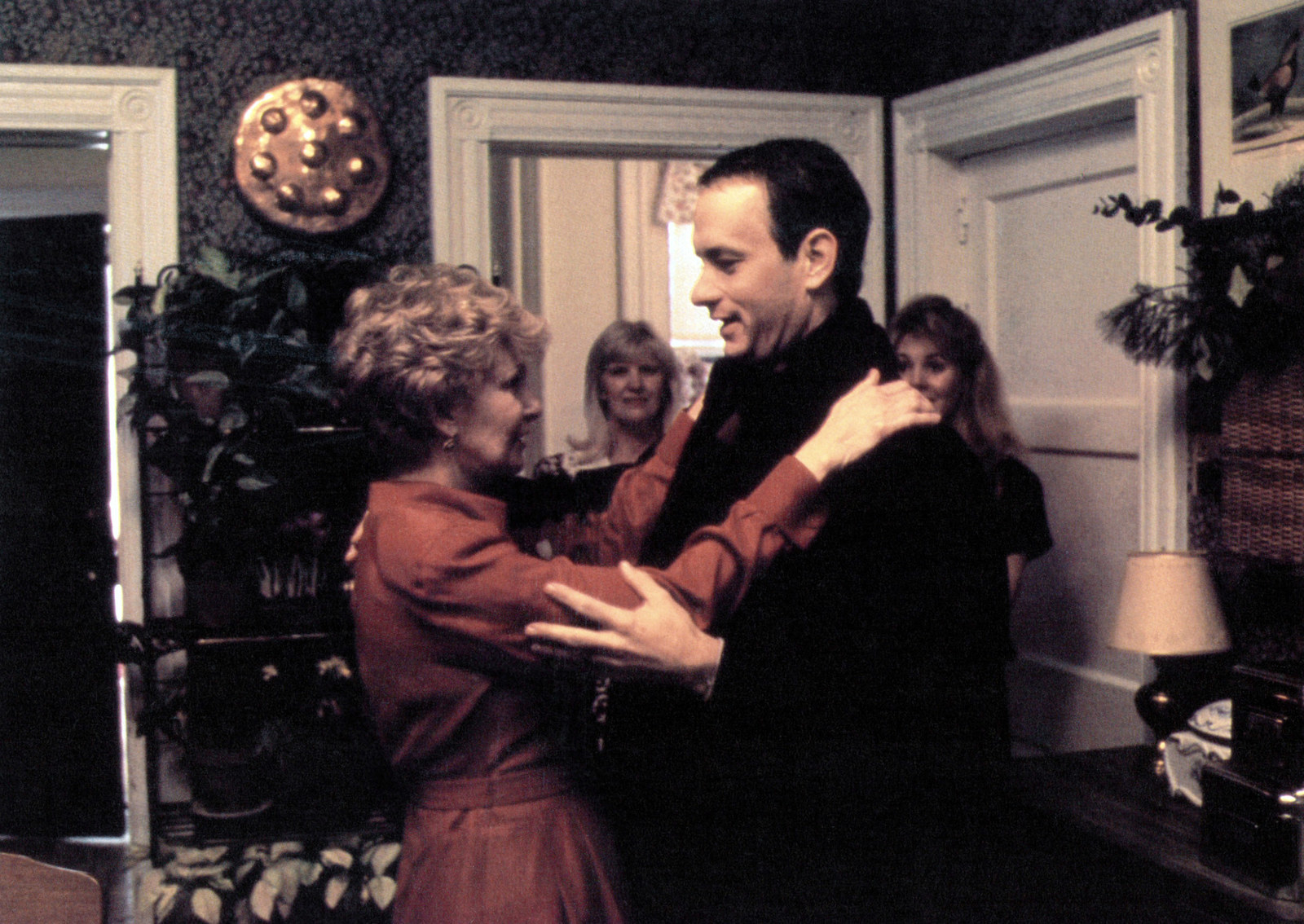
Of all the potentially controversial elements in Philadelphia, the scene that often caused audiences to react with the most vocal incredulity when it first played in theaters was when Andy and Miguel visit Andy’s entire family at his childhood home, and they shower them both with unequivocal love and support. American attitudes about LGBT civil rights have undergone such a radical transformation in the last 25 years that it’s bracing to recall a time when it was such an accepted truth that gay people were universally rejected by their families that portraying otherwise came off like a preposterous fantasy.
“Yeah — it upset people!” Nyswaner said of the family reunion scene. An early draft of the script, he said, included a scene in which Andy has to come out to his mother, tell her he’s been fired, and that he has AIDS. “It’s in a restaurant, and she makes a scene, and all that kind of stuff,” he said. “We just thought, it’s getting a little stale, that sort of scene.” So instead, inspired in part by a short documentary from 1989 about a Bay Area family that had embraced their son when he told them he had AIDS, Nyswaner and Demme did something different.
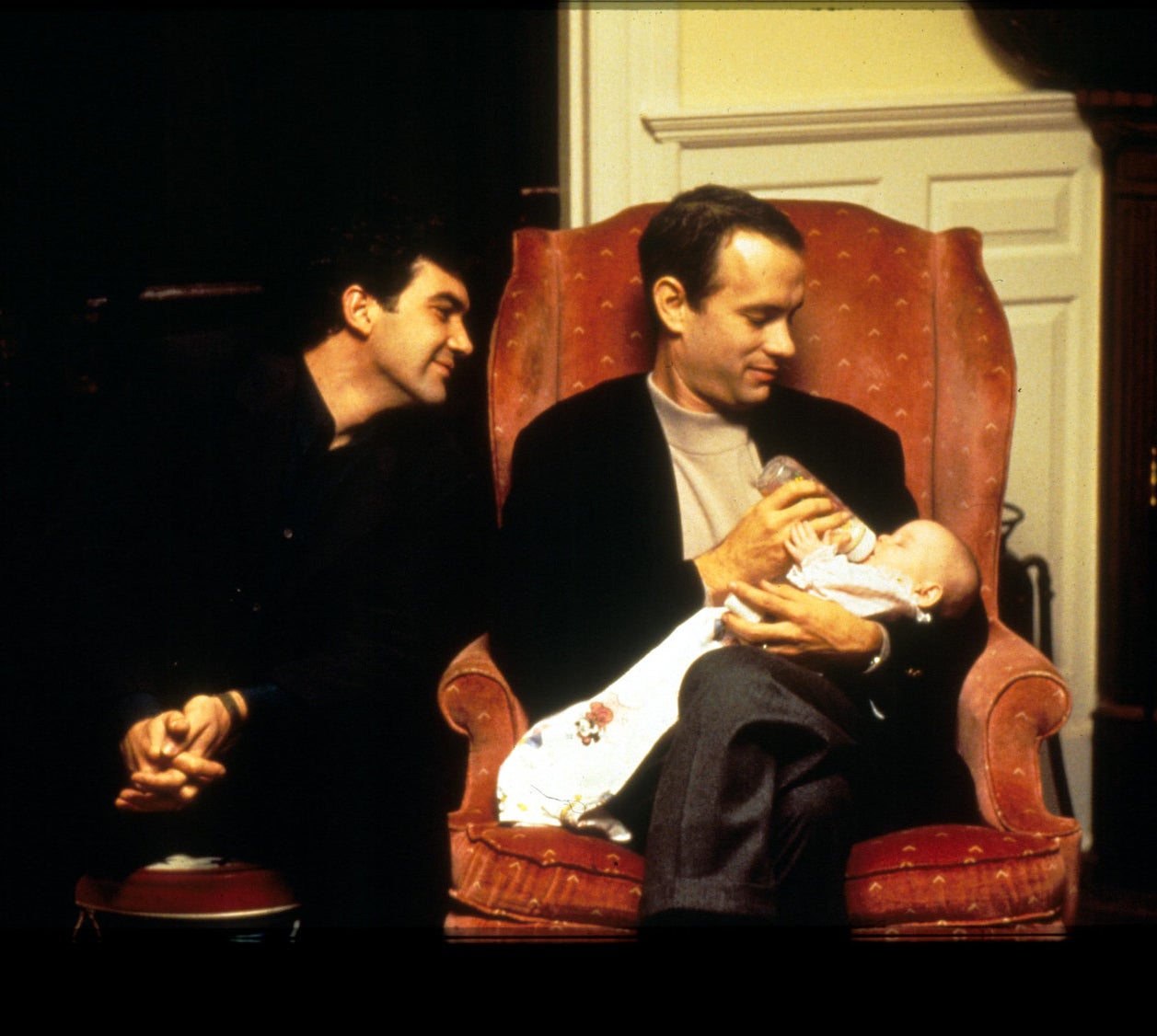
“What if there was this overwhelming amount of love from the family?” Nyswaner said. “The implication is, whatever problems they had had with him being gay, that had happened before the story started. That was over.”
Once again, Philadelphia stands out: Films and TV shows about LGBT people have certainly proliferated in pop culture since 1993, but stories about queer people coming out still predominate, especially in films about queer teens. “What I keep saying is I want to write a cop movie with a gay main character where it’s not about his homosexuality,” said Nyswaner. “It’s about everything about him. Just like Tony Soprano gets to be everything that Tony Soprano is. He’s dealing with the stuff that other heterosexual main characters get to deal with.”
If the depiction of Andy’s family has caught up with the times, the element of Philadelphia that feels the most of its own time is the character of Joe — namely, his flagrant homophobia. In one early scene, Joe spells out to his wife how much the idea of gay people and gay sex repulses him, with the confidence of a man who knows he’s firmly in the majority, generously throwing around the word “faggot” (among other slurs) without flinching. At the time, Joe was meant to be the surrogate for the vast majority of the film’s intended audience, but to today’s ears, it’s only Washington’s carefully modulated performance and innate charm that keeps the character from coming off as a retrograde relic. (Well, as retrograde as unvarnished bigotry can feel in 2018, anyway.)
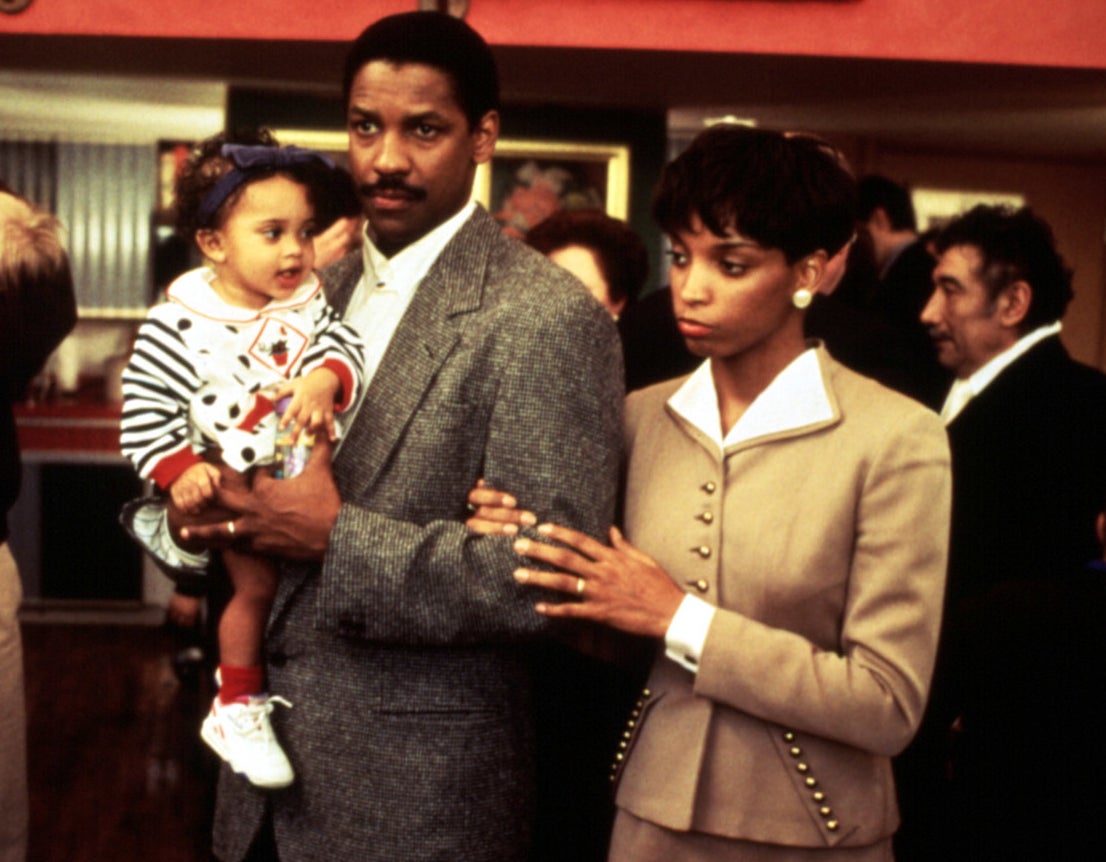
By way of pointing out the context behind Joe’s homophobia, Nyswaner related a story Washington told the filmmakers when shooting began about what happened after he mentioned on a radio show that he was about to make a movie about AIDS.
“Some people thought that he was going to play the gay character,” Nyswaner said. “People called in and said the most vile things to him. He was stopped on the street by fans. People were pretty blunt about how they felt about gay people who were carriers of this fatal disease. When the movie was released, there still was no AIDS cocktail. It’s receded in our memories as something that terrified people. And when you combined it with homosexuality, it blew their minds.”
Today, an HIV-positive diagnosis in the US means a lifelong commitment to a demanding and expensive drug cocktail regimen. But thanks to those drugs, HIV-positive people can now lead rich and complete lives. The list of major feature films about AIDS, however, is still embarrassingly slim, and, for Nyswaner, far too focused on white people in North America.
“I know that we haven’t solved all of our problems here in the United States,” he said. “But there are countries where your homosexual act gets you imprisoned and tortured until you give up other names of other people who are then rounded up and tortured.” If Nyswaner were to make a movie about what it’s like to live with AIDS today, he said, those are the stories he would focus on. “There are people whose lives are in danger for who they are.”

The most poignant and heartbreaking aspect of Philadelphia now is how it stands as one of the only documents — and certainly the most well known — of what it meant to be alive at that time, and of the people who no longer are. On Jan. 1, 1995, just over a year after the movie opened, the New York Times reported that of the 53 people with HIV or AIDS who appear in Philadelphia, 43 had already died.
“I watch the movie with a lot of grief,” Nyswaner said. “I knew most of those people. So to me, I’m looking at a photo book of people that are gone.”
“I knew most of those people. So to me, I’m looking at a photo book of people that are gone.”
In the same breath, however, Nyswaner described making the movie as a “joyful” experience. “It’s all very personal,” he said. “I understand that there’s a sociological aspect to this movie, but it was the greatest two or three years of my life in many ways. … The set was filled with joy.”
He recalled the day Hanks shot the film’s emotional crescendo, when Andy and Joe are alone in Andy’s apartment after a party. They’re supposed to be preparing for Andy’s testimony at the trial, but Andy keeps deflecting, and starts talking to Joe about his greatest passion, opera. His favorite aria by Maria Callas is playing in the background, and as he starts interpreting the music to Joe — “I bring sorrow to those who love me … I am divine. I am oblivion. I am the god that comes down from the heavens, and makes of the Earth a heaven” — Andy begins to weep, overcome.
“We’re all watching Tom Hanks do that on the monitors,” Nyswaner recalled. “All these shoulders are shaking. People crying. When Jonathan yells cut, the set bursts into applause. I know I threw my arms around Jonathan, I know Jonathan threw his arms around Tom. It wasn’t, like, self-congratulations. It was like, wow, something amazing is happening here, and we’re all lucky to be a part of it.”
He paused. “So I get to remember that, and then I also get to then grieve for the people I’ve lost.” ●
